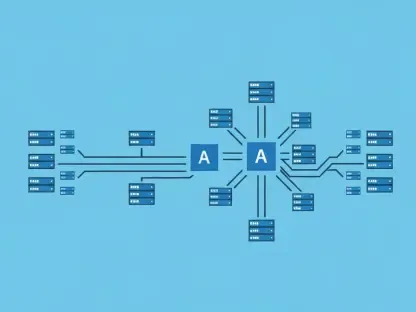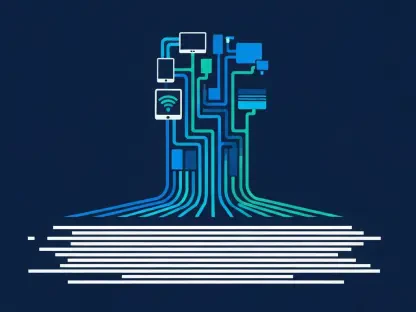In an age where continuous integration and deployment are critical components of a successful development lifecycle, protecting the secrets within our CI/CD pipelines is non-negotiable. Bitbucket Pipelines offer a seamless experience for code deployment, but they are not immune to risks. Specifically, developers must be vigilant about the manner in which secured variables are handled to prevent the unintentional leakage of sensitive information.
1. Establish Bitbucket Secured Variables
Choose to configure “secured variables” within Bitbucket at the most relevant level—workspace or repository—depending on your project’s scope and team structure. These variables serve as the first line of defense, ensuring that sensitive information such as API keys, credentials, and database URIs are not exposed in plain text in the repository. It’s a foundational step that segregates secrets from the standard codebase, inherently reducing risk.
2. Revise the bitbucket-pipelines.yml to Generate an Environment Artifact
The intricacies of debugging during the development process often necessitate that all environment variables be made accessible in a transparent manner. This is commonly achieved by appending a segment of code in the bitbucket-pipelines.yml file. This code executes the `printenv` command, capturing all environmental variables into a file named environment_variables.txt. While this is a standard and valid procedure in troubleshooting, care must be taken to ensure that sensitive information is handled correctly during this step.
3. Navigate to Pipeline Execution History and Obtain the Artifact
Once the pipeline execution is complete, the next phase in this careful orchestration involves navigating to the Pipeline Execution History. Here, developers can locate and download the environment artifact. This artifact contains all the variables tasked with smooth and secure operations, and its integrity is paramount. Ensuring secure transfer and storage of this artifact becomes a critical point of focus for maintaining pipeline security.
4. Inspect the Artifact for Secured Variables
After the environment_variables.txt file is obtained, a thorough inspection is necessary. It’s important to scrutinize the document to make sure that all secured variables have not been inadvertently revealed. If working with a .tar file, unpacking this file with a reliable extraction tool may be an added step, but it’s essential in verifying that the secrets have remained secure.
5. Trace the Propagation Path of Secrets
In the current landscape, where developers prioritize continuous integration and deployment for a smooth and efficient software development process, safeguarding CI/CD pipeline secrets is imperative. Bitbucket Pipelines simplifies the deployment of code, yet the platform must be carefully managed to avoid exposing sensitive data. To safeguard these secrets, developers need to be extremely cautious with their approach to handling secure variables in the CI/CD setup. Ensuring these secrets are not inadvertently revealed should be a top priority, as such leaks could lead to significant security breaches. Maintaining strict controls and following best practices in the management of secured variables within Bitbucket Pipelines is essential for the integrity and security of the software deployment process. This vigilance helps prevent unauthorized access to sensitive information, contributing to the overall robustness of a project’s security posture.









